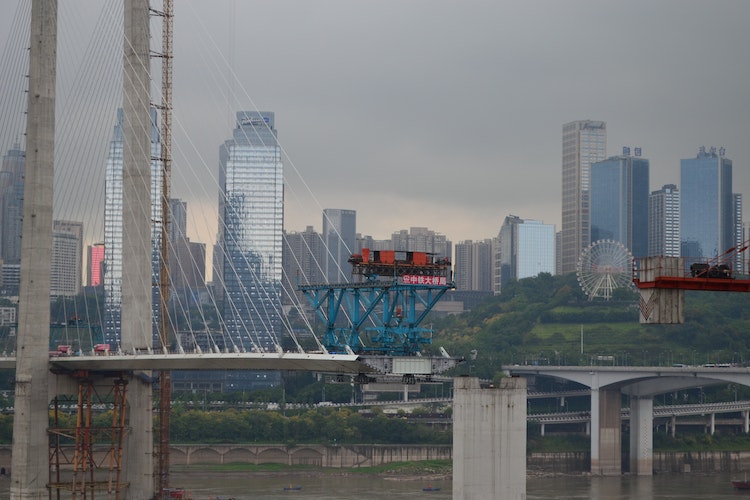Jamie Ritblat is the chairman and founder of Delancey Real Estate, a multi-award-winning company that has acquired, managed, developed and sold more than £20 billion in real estate and related investments.
It also has a department specifically focused on innovation. This article will look at the impact of artificial intelligence (AI) advancements on the construction industry, from building information modelling (BIM) to airborne drones.
The ever-increasing integration of AI across different industries provokes different responses from different people, from apathetic dismissal to impassioned concerns regarding the perceived threat of machines taking over human jobs.
“In various different industries, AI is not replacing human workers but rather complementing their work, making operations safer and more efficient – and arguably nowhere more so than the construction industry.”
Valued at more than $10.5 trillion globally according to industry figures shared by GetSmarter, despite significant advancements in AI and automation in recent years, the construction sector still remains severely under-digitised. However, AI in construction is on the rise, with forward-looking developers ready and willing to embrace technology in order to achieve significant competitive advantages over market rivals.
AI is being implemented in the construction industry in a variety of different ways. For example, AI and natural language processing (NLP) can be used to analyse data gathered from previous projects, meaning that construction companies do not need to start from scratch with every single pitch and can carry forward the benefit of experience gained through similar projects.
For example, AI can also be used to help construction firms increase their success rate in the initial tender process, assessing previous project bids and replicating the successful aspects of those while avoiding elements that did not work.
Learning algorithms such as these can be used to boost a developer’s win rate, as well as help them to accurately predict the likelihood of a go/no-go scenario, increasing profit margins and driving project value.
In the construction industry today, data is greater by volume, more complex and produced at a faster rate than ever before. Data can help to drive better decisions, and when data, analytics and human insights combine, this can culminate in increased operational efficiencies, smart decision-making and significant growth opportunities.
AI can be used during the design process, with generative design systems such as AutoDesk providing clearly specified design goals, enabling designers to explore multiple variations of solutions to find the most appropriate option for a particular project.
Optical character recognition (OCR) technology can be used to quickly search drawings, converting images and documents into searchable, editable data. Today, many development companies rely on OCR applications to scan drawings, number and name sheets, and hyperlink-related documents, saving construction firms considerable time and cost.
In the execution phase of construction, AI database systems inform engineers, highlighting optimal construction methodology for the site based on blueprints created in the design stage, as well as data gathered from previous projects. Armed with this information, engineers can make better-informed decisions.
Once construction has commenced, AI can be used in administrative processes, such as inputting workers’ holidays, sick days and leave days into a data system. This system can then be used to adjust the project accordingly, automatically assigning tasks to other workers on the relevant days.
Inside both residential and commercial buildings, AI can be used to control environmental factors such as temperature and lighting and optimise energy use. AI can also be used to achieve substantial improvements in construction development management. An increasingly common example is the use of drones to gather aerial images of job sites, providing accurate survey maps that enable site managers to track progress remotely to achieve significant savings for a construction project in terms of both time and cost.
AI is making modern construction safer and more compliant, with technology such as Smartvid analysing worker behaviour on construction sites, identifying the presence or absence of safety equipment and alerting safety officers in the case of infringements, which can have a significant positive impact in terms of lowering risk and making building sites safer.
“AI optimisation analyses operations, predicting possible outcomes and helping construction companies to identify the best solutions”
Optimisation increases productivity and efficiency, saving time and costs by enhancing work schedules, cutting material costs and improving energy efficiencies throughout the construction industry.
In a 2020 report, McKinsey identified an increased focus on construction solutions incorporating AI. From bidding, financing and design, through the construction phase, to operations and asset management, AI is helping construction firms, as well as the industry as a whole, to overcome some of construction’s toughest challenges, including labour shortages, safety concerns and cost and schedule overruns.
As market barriers to entry lower and advancements in AI, machine learning and analytics accelerate, industry experts predict that AI will play an increasingly significant role in the construction industry in the coming years.

